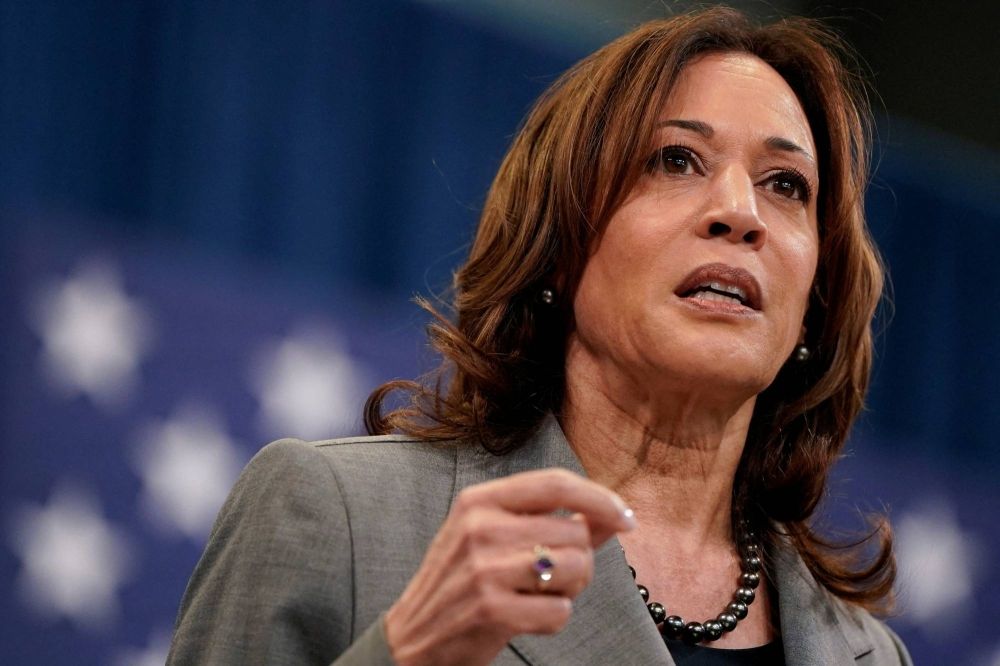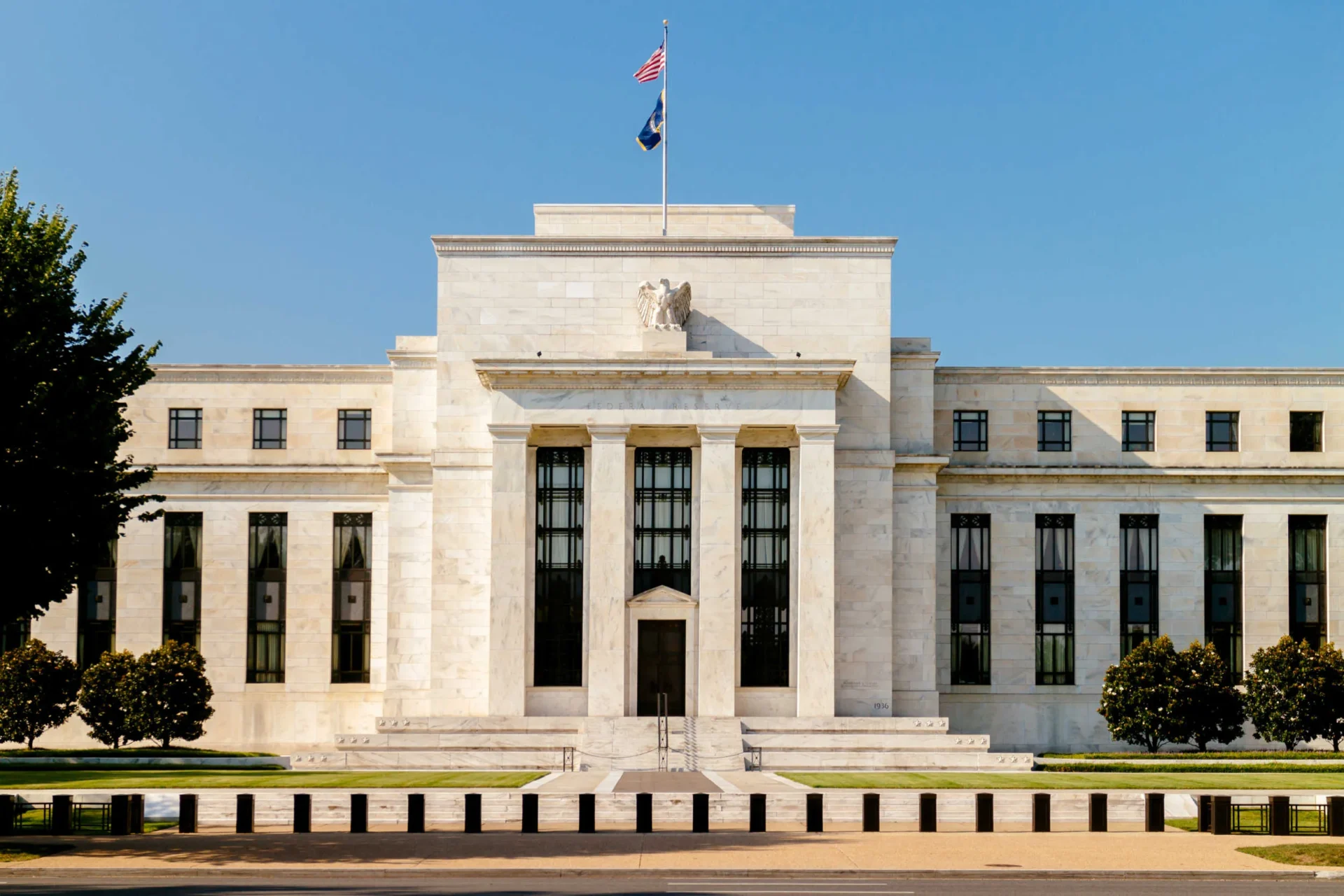Donald Trump just can’t stop talking about the Federal Reserve. The guy has been telling us he thinks the president should have a bigger say in how the Fed operates, especially when it comes to interest rates.
At a recent press conference at his Mar-a-Lago estate, the Republican nominee reiterated his belief that the Fed has “gotten it wrong a lot.”
And in typical Trump fashion, he argued that his instincts—shaped by years of making money in business—are better than those of the people currently running the Fed.
But Trump’s not the only one who thinks this way. His running mate, Senator JD Vance of Ohio, is right there with him. In a recent interview, Vance said that interest rate decisions “should fundamentally be a political decision.”
 Vice President Kamala Harris
Vice President Kamala Harris
Of course, the Democratic nominee Kamala Harris wasn’t having any of that. She fired back during a stop in Arizona, saying:
“The Fed is an independent entity, and as president, I would never interfere in the decisions that the Fed makes.”
Trump vs. the Fed: A power struggle brewing
Here’s the deal: the Fed has always been separate from the White House. The president doesn’t get to decide interest rates—that’s the Fed’s job. This setup was designed to keep things like monetary policy free from political BS.
The Federal Reserve Act basically says the Fed needs to focus on keeping people employed, keeping prices stable, and making sure interest rates aren’t crazy. But Trump, being Trump, doesn’t love that arrangement.

Just last month, Trump said that if he’s elected again, he’ll “bring interest rates way down.” He thinks inflation and high interest rates are “destroying our country.”
“I bring inflation way down,” he promised, “so people can buy bacon again, so people can buy a ham sandwich again, so that people can go to a restaurant and afford it.” Classic Trump, right? Bold promises with a side of populism.
Inflation, interest rates, and Trump’s never-ending battle
Inflation’s been a pain in the ass ever since COVID-19 hit. Prices shot up like crazy, reaching levels we haven’t seen in over 40 years. The Fed tried to cool things down by hiking interest rates 11 times between March 2022 and July 2023.
The federal funds rate now sits between 5.25% and 5.50%. The idea was to slow the economy enough to get inflation under control.
But now, things are starting to settle. Inflation is creeping back down, closer to the Fed’s target of 2%.
In June, the personal consumption expenditures price index—basically the Fed’s favorite inflation gauge—showed a 2.5% rise year over year.
With inflation cooling, the Fed might finally start thinking about lowering its benchmark rate for the first time in ages.
Of course, Trump’s been yelling about lower rates for years. Remember, he nominated Jerome Powell to lead the Fed back in 2018, but that didn’t stop him from publicly trashing Powell and the Fed’s decisions.
Trump slammed the Fed for keeping interest rates too high, arguing that it made it harder for businesses and regular folks to borrow money.
 Jerome Powell giving his testimony to the Senate
Jerome Powell giving his testimony to the Senate
He also claimed it put the U.S. at an economic disadvantage compared to countries with lower rates. But, despite all his noise, the Fed didn’t budge.
Now, Trump’s got a new gripe: the timing of potential rate cuts. He’s been warning the Fed not to lower rates right before the upcoming presidential election.
Last week, he said that cutting rates in September, just weeks before the election, is “something that [central bank officials] know they shouldn’t be doing.”
And Trump still doesn’t trust Powell. Earlier this year, he said he wouldn’t reappoint Powell as Fed chair if he had the chance.




